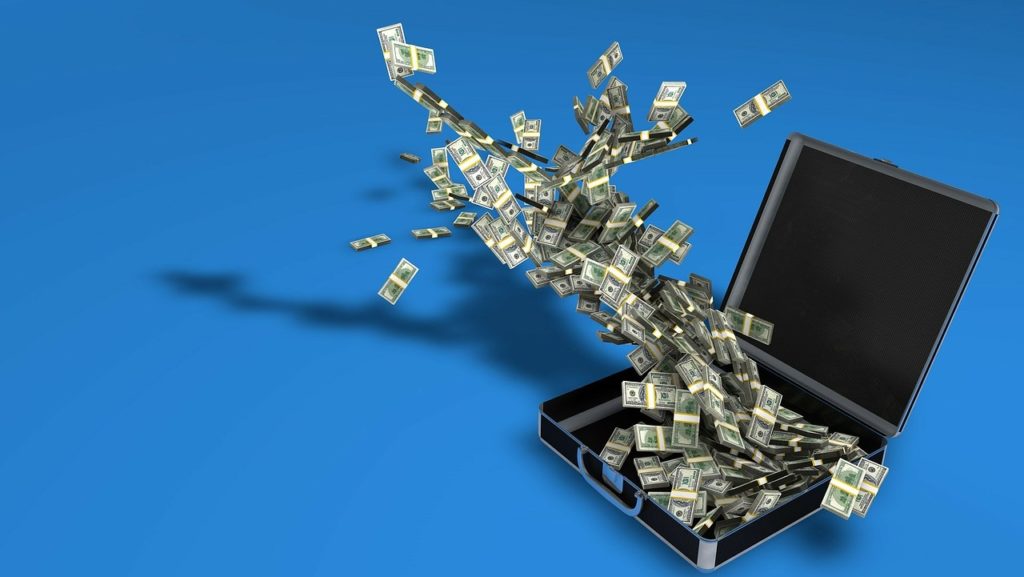
The U.S. economy teeters between two catastrophes: wild and untamed hyperinflation that turns cash into wallpaper, or an epic crash that would make 2008 look like a day at the beach. Federal Reserve Chairman Jerome Powell has led the U.S. government’s monetary policy to this point.
Now he’s attempting a nearly impossible feat…
He will need to thread the needle between the two economic disasters, between the frying pan and the fire, to return the U.S. economy to any form of sustainable prosperity.
Is that kind of miracle even possible?
The frying pan: 40-year-record-high inflation
We will start with the obvious issue: December’s inflation report of 7% year-over-year price increases. That’s at the end an entire year where inflation rose steadily for eleven of twelve months. August, the exception, saw a 0.1% decline.
In addition, what Powell endlessly assured us was merely “transitory” inflation, a “blip,” caused by “supply chain snarls” and so on? It’s the highest we’ve seen in 40 years.
Most of our readers who have a little gray in their hair may remember how grim the stagflationary crisis of the late 70s and early 80s was. However, the average American is only 38 years old. They most likely have no idea what we’re facing, even while watching their personal expenses go up month after month.
And make no mistake, those expenses have gone up quite a bit for virtually everyone.
The Bureau of Labor and Statistics (BLS) report revealed the prices that rose the most in December 2021 :
- Gasoline +49.6%
- Fuel oil, and other fuels for heating +48.9% (just in time for the coldest days of winter, too)
- Natural gas: +24.1%
- Meats, poultry, fish, and eggs: +12.5%
- Electricity: +6.3%
- Housing +4.1%
If you find this list depressing, I’m afraid your solace isn’t immune to this trend… Distilled spirits (excluding whiskey) rose 3.4% in price.
…click on the above link to read the rest of the article…



/confused-confusion-571b8bf35f9b58857db47336.jpg)

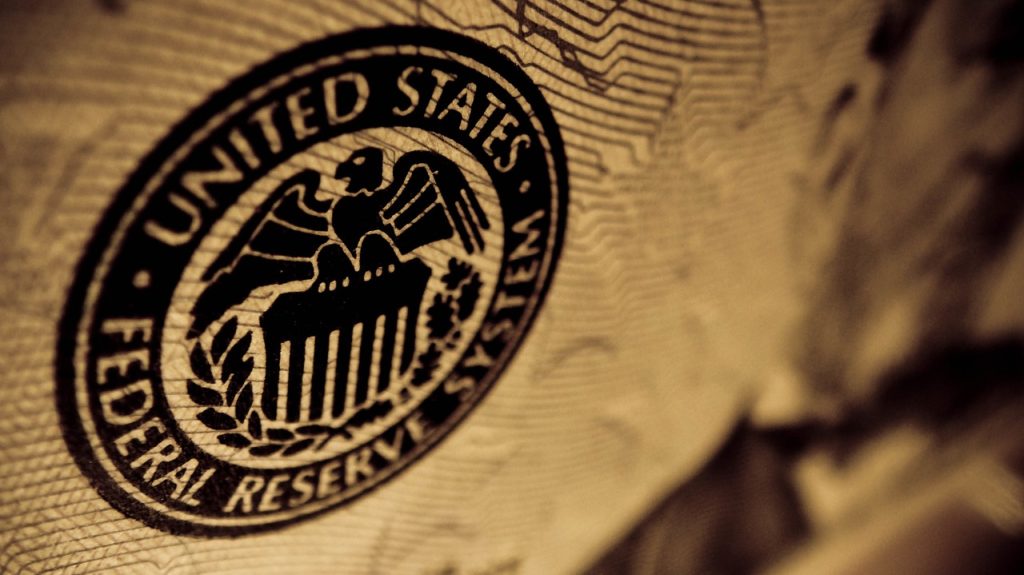
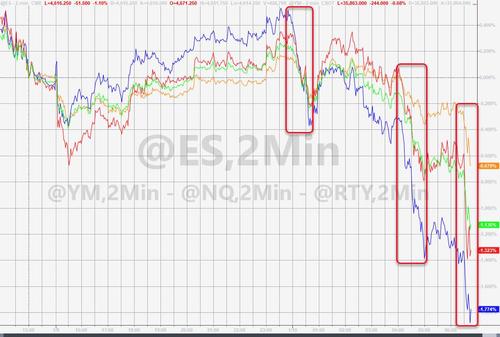
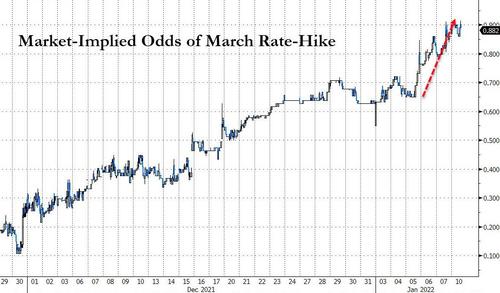
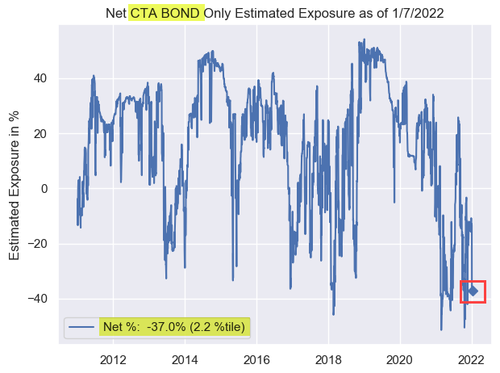
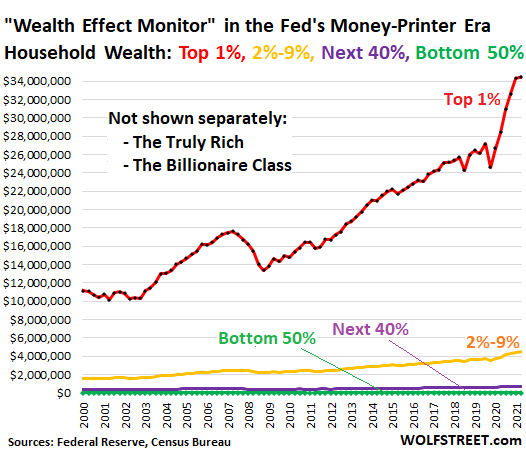

/types-of-inflation-4-different-types-plus-more-3306109-Final2-79a7abf4e9ed4d408e84f075d7029b07.png)
